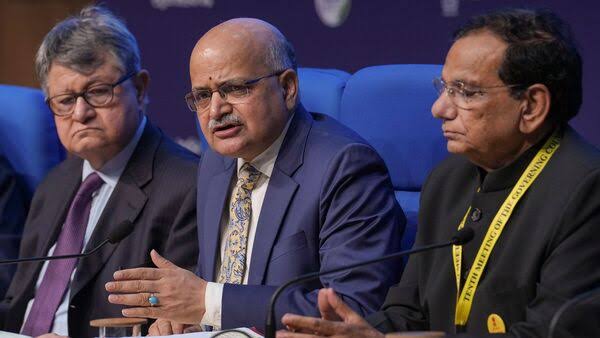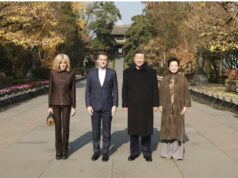India now fourth economic power even in US$ terms – what’s next?

Going past Japan among global powers should also be a time for enhanced productivity push
Even as India reaches new economic heights, much needs to be done at the grassroots level to make it matter for all Indians.
In 2001, when British economist Jim O’Neill coined the term BRIC referring to Brazil, Russia, India, and China as the rising economic powers of the 21st century, few imagined that within a generation, India would leapfrog Japan even in US dollar. Japan was the very symbol of post-war economic resurgence.
That’s precisely what has happened.
In a remarkable change in the global economic story, India has just overtaken Japan to become the world’s fourth-largest economy in US Dollar GDP terms, trailing only the US, China, and Germany.
This shift isn’t just symbolic. It’s seismic.
According to the IMF and World Bank data, India’s economy, measured in US dollars, reached approximately $4.19 trillion in early 2025, surpassing Japan’s $4 trillion, whose economy has struggled with demographic decline, stagnant growth, and a weakening yen. For perspective, a decade ago, India’s GDP stood at just $2 trillion — a figure Japan had already tripled by the 1990s.
The distance India has covered in this short time is not just about arithmetic, but about ambition, action, and attitude.
This moment demands a reassessment of India’s role in the global order. For decades, Japan was Asia’s primary economic powerhouse, a technological and manufacturing giant with immense soft power. India, while always culturally rich and diplomatically active, was often viewed as an economy weighed down by red tape.
No longer.
India’s ascent is not merely the result of GDP growth; it is the culmination of demographic potential, digital revolution, macroeconomic reforms, and geopolitical recalibration. India is now the fastest-growing major economy in the world, expected to grow at 6.5%–7% annually over the next few years.
With over 1.4 billion people, a median age of 28 years, and a rapidly growing middle-class, India’s internal consumption is surging. For instance, the Unified Payments Interface (UPI), a homegrown digital transaction platform, processes over 16 billion transactions a month, reflecting how deeply digitisation has penetrated everyday life.
Discipline to India’s financial sector
Much of this transformation didn’t happen by accident. Reforms like the Goods and Services Tax (GST) unified the internal market. Insolvency and Bankruptcy Code (IBC) brought much-needed discipline to the financial sector.
The push for ‘Make in India’, backed by production-linked incentives, began attracting global manufacturers looking to diversify beyond China.
Foreign direct investment (FDI) inflows into India was around a healthy $70 billion in 2023–24, and global tech giants have bet big on Indian talent and markets. Recent industry analyses and reports indicate that as of early 2025, approximately 15% of iPhones are currently assembled in India.
The country has also emerged as a leader in climate and green energy.
But India must not mistake the milestone for the destination. A higher GDP doesn’t automatically translate to prosperity for all. Disparities exist between urban and rural regions, and millions remain vulnerable to health, education, and climate shocks.
Moreover, job creation hasn’t kept pace with population growth. And while digital India is making headlines, the digital divide between metro cities and hinterlands still persists.
The focus must now shift to boosting productivity, deepening financial inclusion, and ensuring equitable growth.
History tells us that economic milestones often precede geopolitical ones. The US overtook the UK in GDP in the early 20th century – and redefined global order. China’s economic rise in the 21st century has already disrupted global power equations.
Now India’s rise is going to stabilize the entire World. It is already number three economic power as per PPP terms.




